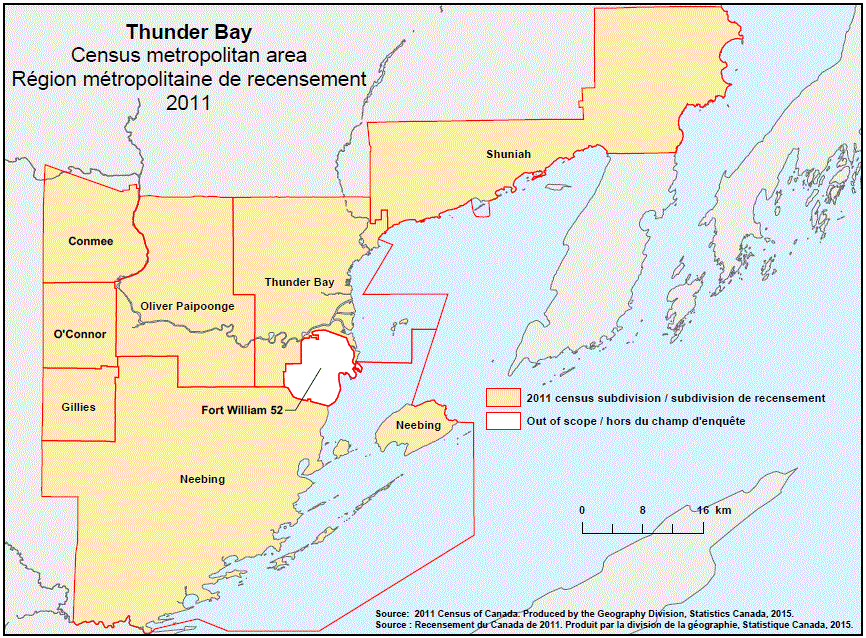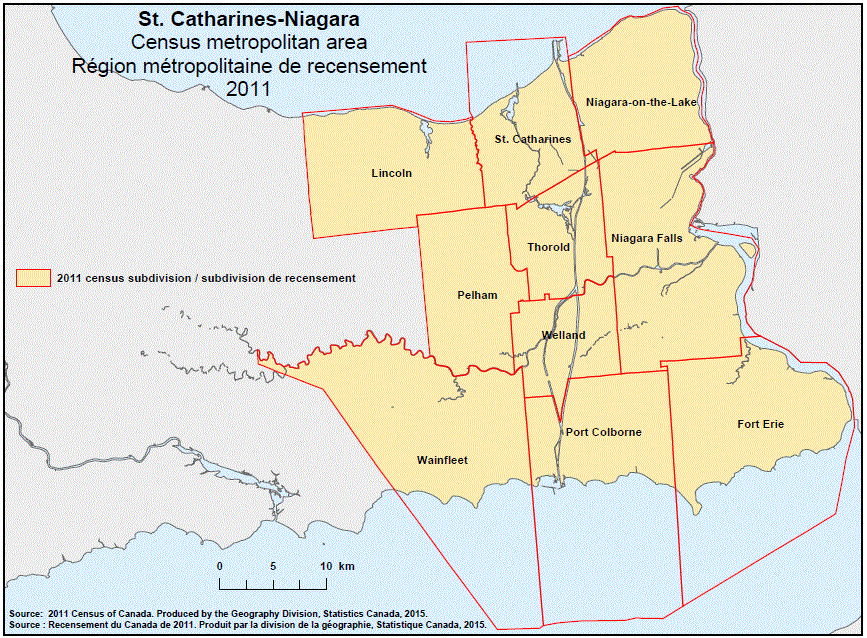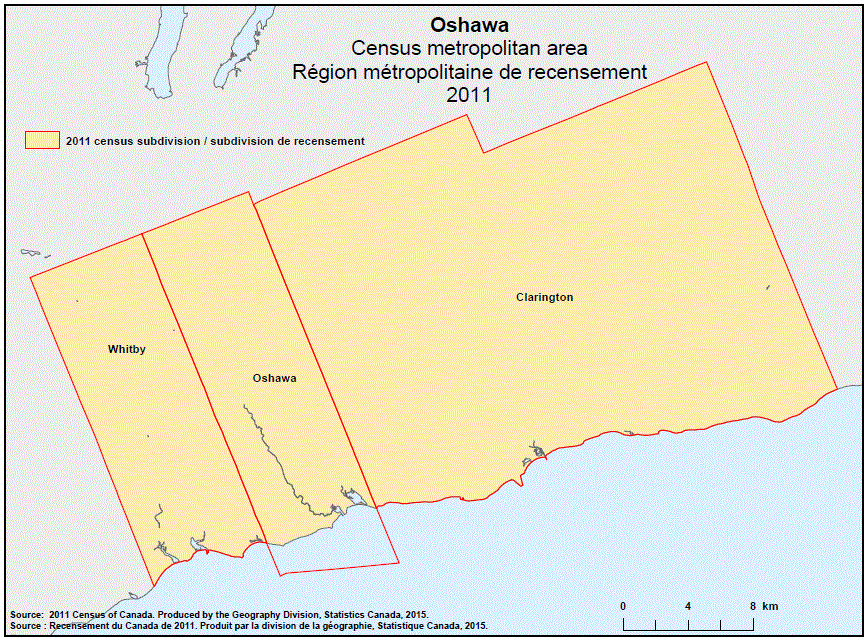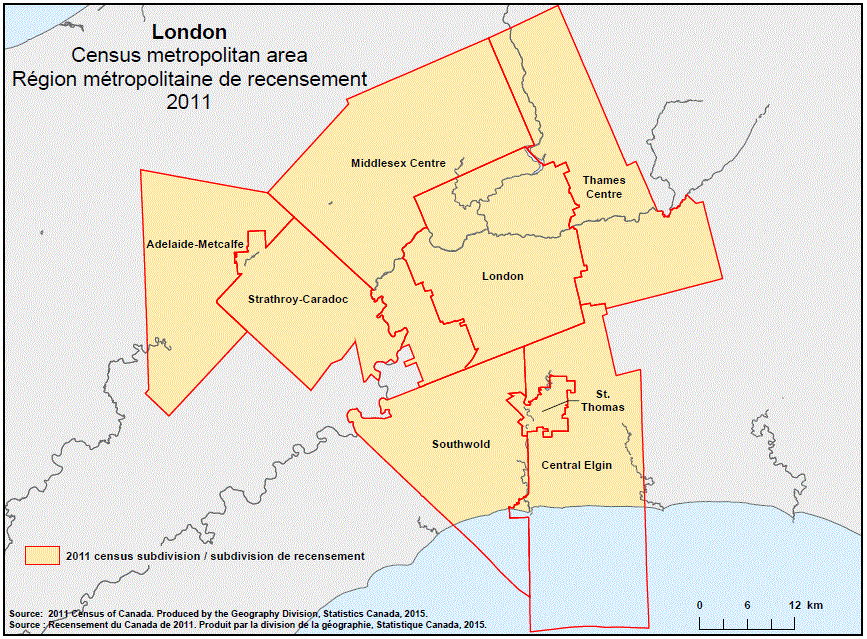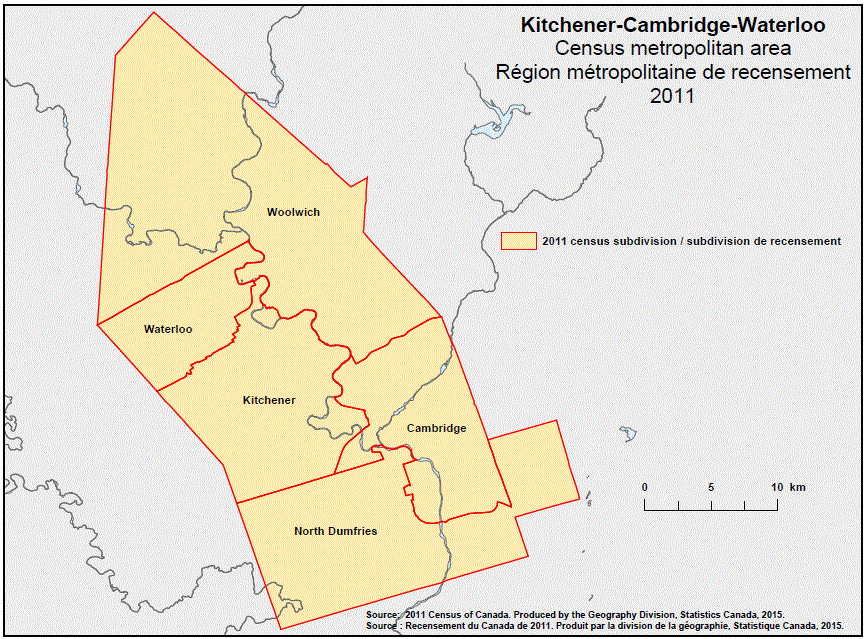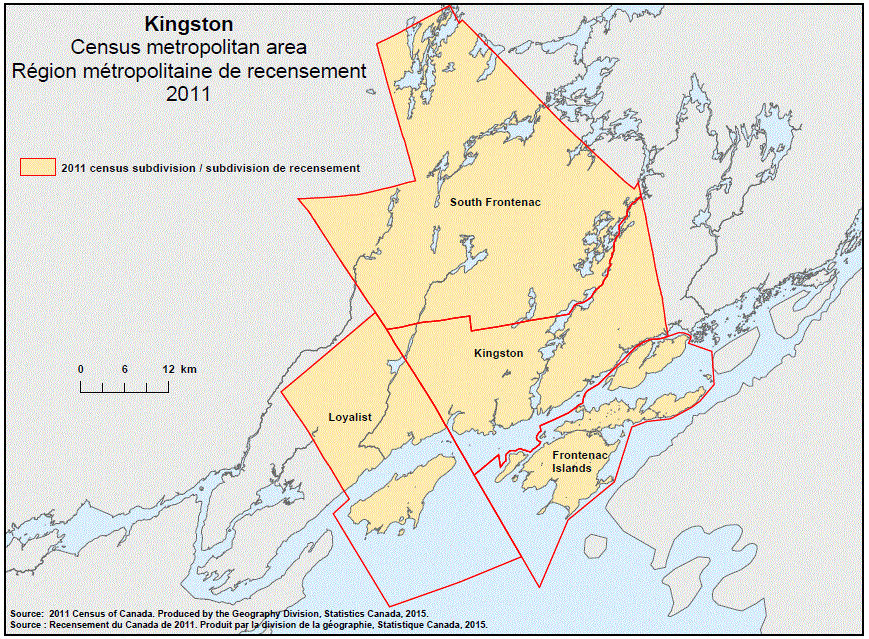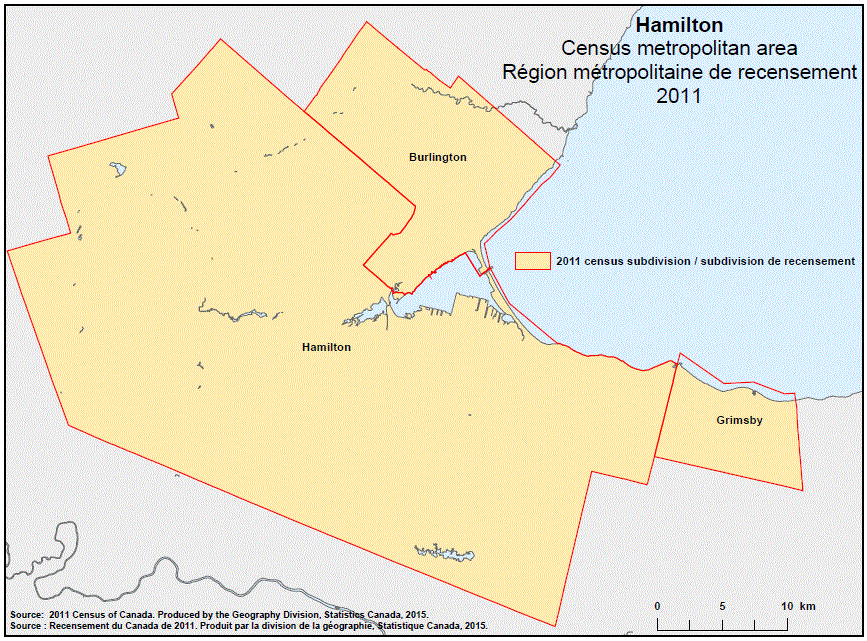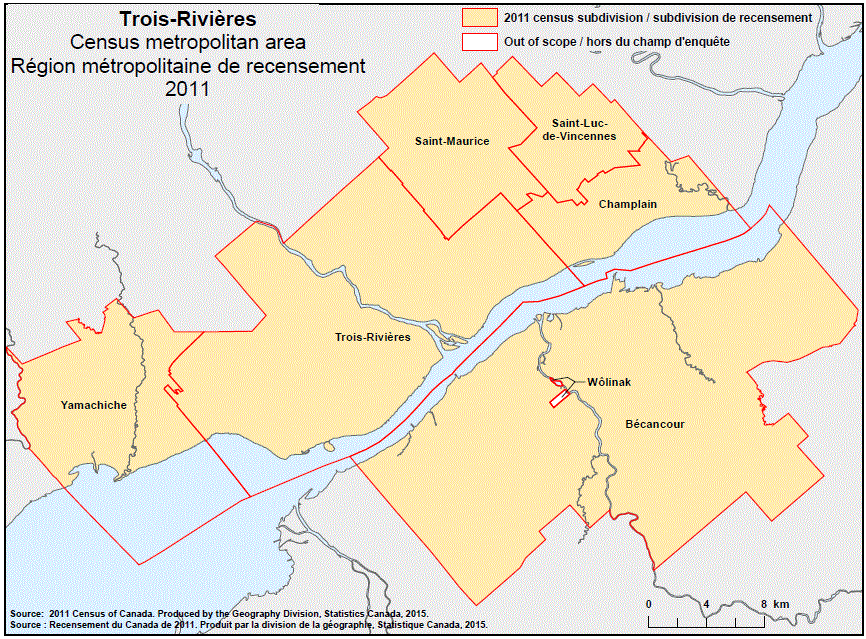Geographical map of the 2011 Census metropolitan area of Toronto, Ontario
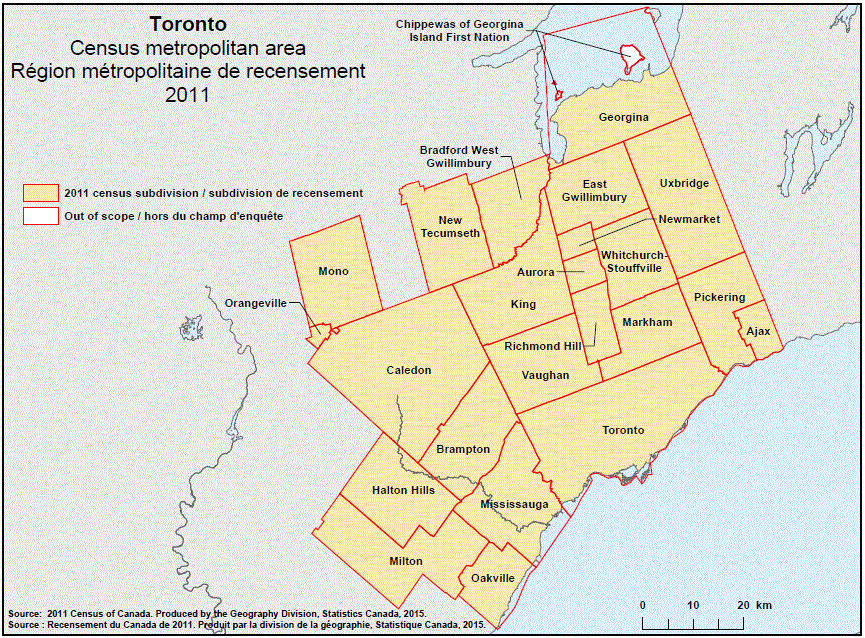
Geographical map of the 2011 Census metropolitan area of Toronto, Ontario. The following Census subdivisions and Out of scope area are listed within this region:
Census subdivisions: Ajax, Aurora, Bradford West Gwillimbury, Brampton, Caledon, East Gwillimbury, Georgina, Halton Hills, King, Markham, Milton, Mississauga, Mono, New Tecumseth, Newmarket, Oakville, Orangeville, Pickering, Richmond Hill, Toronto, Uxbridge, Vaughan, Whitchurch-Stouffville.
Out of scope area: Chippewas of Georgina Island First Nation.
Source:2011 Census of Canada. Produced by the Geography Division, Statistics Canada, 2015.
